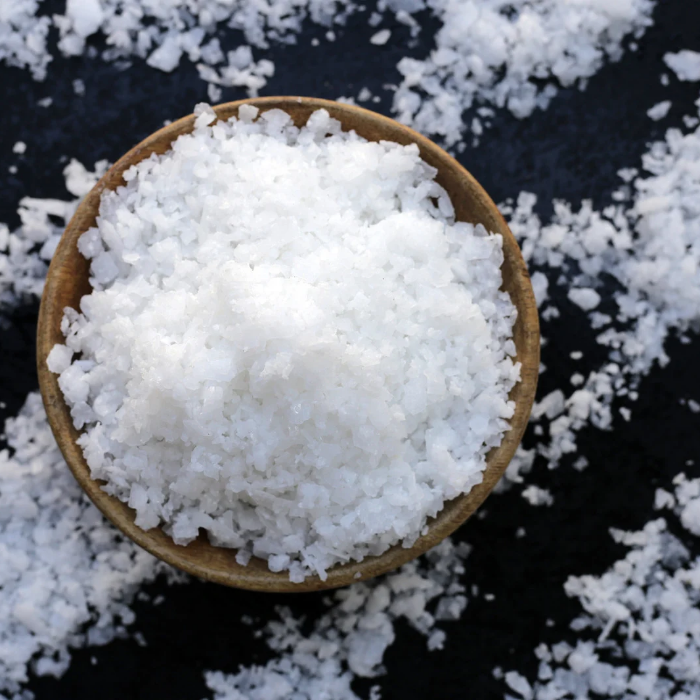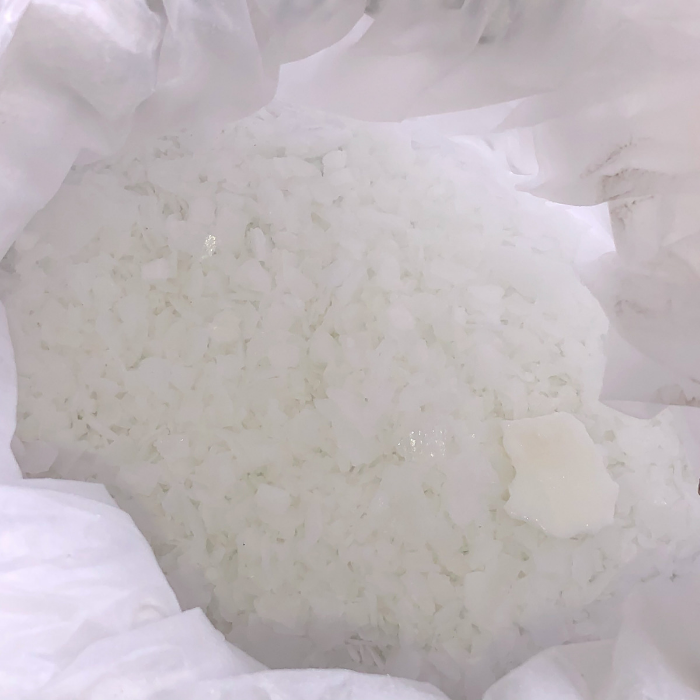Baobab Swirls
Caustic Soda Flakes
Caustic Soda Flakes
Couldn't load pickup availability
Unlock the potential of your projects with Caustic Soda Flakes! This powerful ingredient provides countless benefits in soap making, cleaning solutions, and chemical processes. Prioritize safety while harnessing its potent potential for success.
Detailed Features
Detailed Features
Experience the transformative properties of Caustic Soda Flakes, a potent chemical compound also known as sodium hydroxide or lye. Renowned for its versatility, this essential ingredient serves as a cornerstone in various industries, including soap making, cleaning solutions, and chemical processes.
In soap making, Caustic Soda Flakes play a crucial role in saponification, the chemical reaction that converts fats and oils into soap. Its alkaline properties help break down these raw materials, resulting in the formation of luxurious bars of soap. Additionally, it is used in the production of biodiesel and as a pH adjuster in water treatment processes.
While Caustic Soda Flakes offer numerous benefits, it is imperative to handle them with care due to their corrosive nature. Always wear protective gear, including gloves, goggles, and a mask, when working with this substance. Ensure adequate ventilation in your workspace, and never mix it with other chemicals without proper guidance.
Caustic Soda Flakes demand respect and caution in their handling and storage. Keep them out of reach of children and pets, and store them in a cool, dry place away from incompatible materials. With proper precautions, you can harness the power of Caustic Soda Flakes safely and effectively for your various applications.
Ingredients
Ingredients
Sodium Hydroxide
Care Instructions
Care Instructions
How to use
How to use
Instructions for Using Caustic Soda Flakes in Soap Making:
1. Safety Precautions: Before beginning the soap-making process, ensure you have proper safety gear, including gloves, goggles, and a mask, to protect against exposure to caustic soda flakes. Work in a well-ventilated area to minimize inhalation of fumes.
2. Measure Ingredients: Accurately measure the required amount of caustic soda flakes according to your soap recipe. Use a digital scale for precise measurements.
3. Prepare Lye Solution: Carefully add the measured caustic soda flakes to a heat-resistant container. Then, slowly pour the appropriate amount of water into the container, stirring continuously to dissolve the flakes completely. Be cautious as the mixture will generate heat and release fumes. Allow the lye solution to cool to room temperature before use.
4. Mix with Oils: Once the lye solution has cooled, it is ready to be mixed with oils and fats to initiate saponification. Slowly pour the lye solution into the melted oils while stirring continuously. Use a stick blender or whisk to thoroughly combine the ingredients until they reach trace, the point at which the mixture thickens to a pudding-like consistency.
5. Pour into Molds: Once the soap mixture has reached trace, quickly pour it into soap molds before it solidifies. Tap the molds gently on a flat surface to remove any air bubbles and ensure even distribution.
6. Curing: Allow the soap to cure in the molds for 24-48 hours to harden. Afterward, unmold the soap and cut it into bars of your desired size and shape. Place the cut bars on a rack in a cool, dry area with good airflow to cure for an additional 4-6 weeks. During this time, the soap will harden further and the lye will fully saponify, resulting in a mild and gentle cleanser.
7. Test and Enjoy: Once fully cured, test the pH of the soap to ensure it is safe for use. Your homemade soap is now ready to be enjoyed! Use it for bathing, handwashing, or gifting to friends and family. Remember to always label your homemade soap with its ingredients and date of production.
Weight
Weight
1 kg
Share











